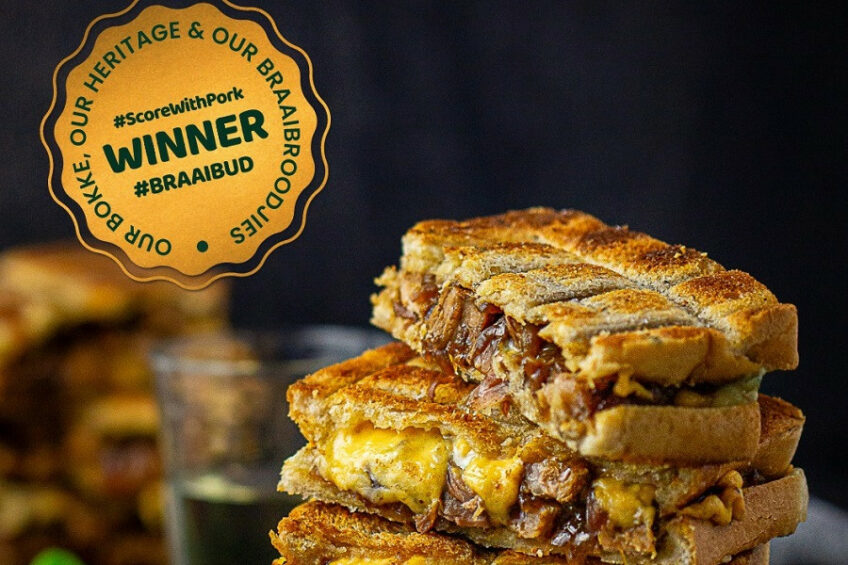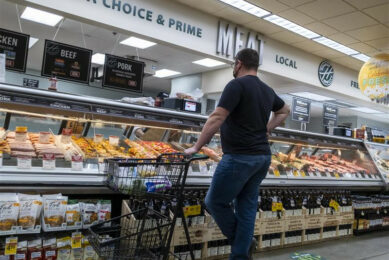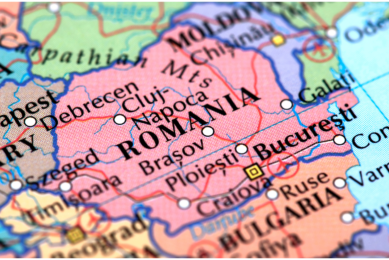South Africa’s pork farmers go all in for the long haul

The South African pork industry has continued to face significant headwinds since 2017. Rather than closing shop, farmers and industry players have instead expanded operations, hoping that economies of scale and new technology will bring a better return on investment.
“It’s been rough,” says CP Kriek, owner of Taaibosch Piggery in North West Province in South Africa. “Profitability has been extremely low over the last few years and the industry has really been shaken. And we are not quite out of the woods yet — pork consumption patterns are still not back to where they were before COVID-19 because consumers just don’t have a lot of money to spend on meat.”

In July 2024, prices for “baconers” (carcasses between 21–55kg) reached €1.54/kg, with “porkers” (carcasses over 56kg) trading at €1.62. Dr Peter Evans (pictured), CEO of the South African Pork Producers’ Organisation (SAPPO), says that many farmers are operating at break-even levels, or just below. “There was a glimpse of hope when feed prices declined last year, but with the drought in South Africa’s grain production region at the start of the year, feed prices are expected to increase once more.”
Yet, pork production is not declining. Farmer numbers have remained stable, with production for 2023 at 320,000 tons. Around 4.5% is exported, mostly to neighbouring countries.
Buckling up for the long haul
Rather than cease operations, farmers have for the most part expanded. Significant investments have been made in technologies that increase efficiency, housing that optimises health and welfare, and genetics that increase production. “We still have faith in the industry, and by doing everything we can to improve margins, we are hoping to ensure long-term sustainability,” says Kriek.
Genetic improvement has taken the average marketable carcass mass per reproductive sow from 2,000 kg ten years ago to over 3,000 kg today. Advancements in genetics also means farmers can produce quality meat with improved palatability, less visible fat, while ensuring a more favourable growth-to-feed-conversion ratio.
Investing in biosecurity is non-negotiable in South Africa since it is an African Swine Fever (ASF) endemic environment with widespread FMD, among other health challenges. Pork farmers know that to survive, biosecurity must be optimal. SAPPO recommends that farmers adopt a strict compartment system, alongside optimal biosecurity procedures, to maintain the health and welfare of pig herds, and provide verifiable assurances to importing countries and the local market. SAPPO’s Pig Movement app allows farmers to track animals between registered units, other producers and abattoirs for improved traceability.
Increasing consumption
Over the past decade, annual pork consumption in South Africa has grown from 4 kg per capita, to 5.5 kg per capita. Dr Evans believes the increase can be attributed to marketing and affordability.
Affordability is a double-edged sword for the pork industry. As long as prices are low, products are attractive, but this leaves little room to increase prices and bring greater sustainability for farmers. “If it is not priced right, budget-conscious consumers often choose chicken instead,” says Evans.
He pointed to statistics that show that, from a retail pricing perspective, processed pork (€7.55/kg) competes with fresh beef (€7.40/kg) and is more affordable than fresh lamb (€8/kg). Fresh pork is however the most affordable meat category at the moment at €4.61/kg, even dipping to €2.53/kg.
SAPPO is hoping generic marketing will make pork a highly sought-after product regardless of the price. Part of their campaign has been to showcase pork and its versatility, working with the media to feature recipes and attractive images of pork. The other aspect is addressing the negative perceptions surrounding pork.
Dispelling commonly held myths about pork, like that pork consumption results in tonsillitis or worms, or that it increases heart disease first needed to be done. SAPPO therefore identified 20 facts on which to focus to debunk myths.
Positive messaging
Cautioning against neglecting consumer education, pig farmer and managing director of Baynesfield Estate, Myles van Deventer, says that while the South African pork industry was in a good space, positive messaging remained crucial. “Pork consumption in the EU is declining, largely because they haven’t challenged the negative messaging surrounding pig farming and pork consumption. All the arguments against us fall short, but if we don’t communicate it, South Africa’s consumption will also start declining.”
SAPPO has therefore also focused its marketing on providing short educational documentaries to introduce consumers to South African pig farmers. This allows pig farmers to tell their stories, how they are custodians of the land, endeavour to protect biodiversity and the environment, spearhead the responsible use of renewable resources, and prioritise animal health and welfare.
Evans notes that the campaigns appear to be bearing fruit with pork featuring on menus and shopping lists where they previously were not. “Retailers have expanded product lines, and processing companies have successfully been able to increase their market share in regions where they typically never featured.”
Kriek shares the sentiments of many pork farmers: cautiously optimistic. “We’re a bit battered and bruised at the moment, but we see the value in the industry. There are good prospects for growing consumption and margins and we have the tools at our disposal.”











